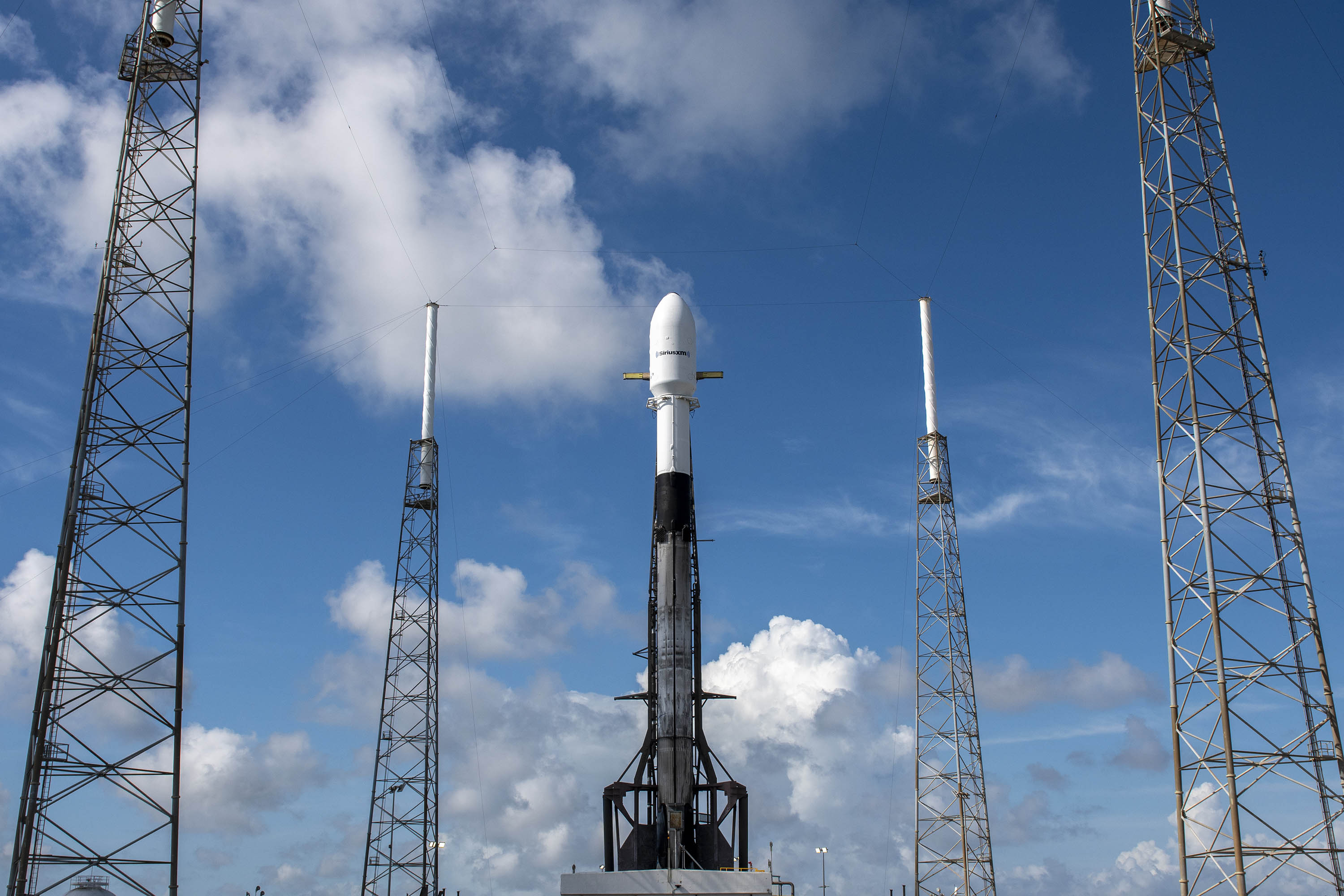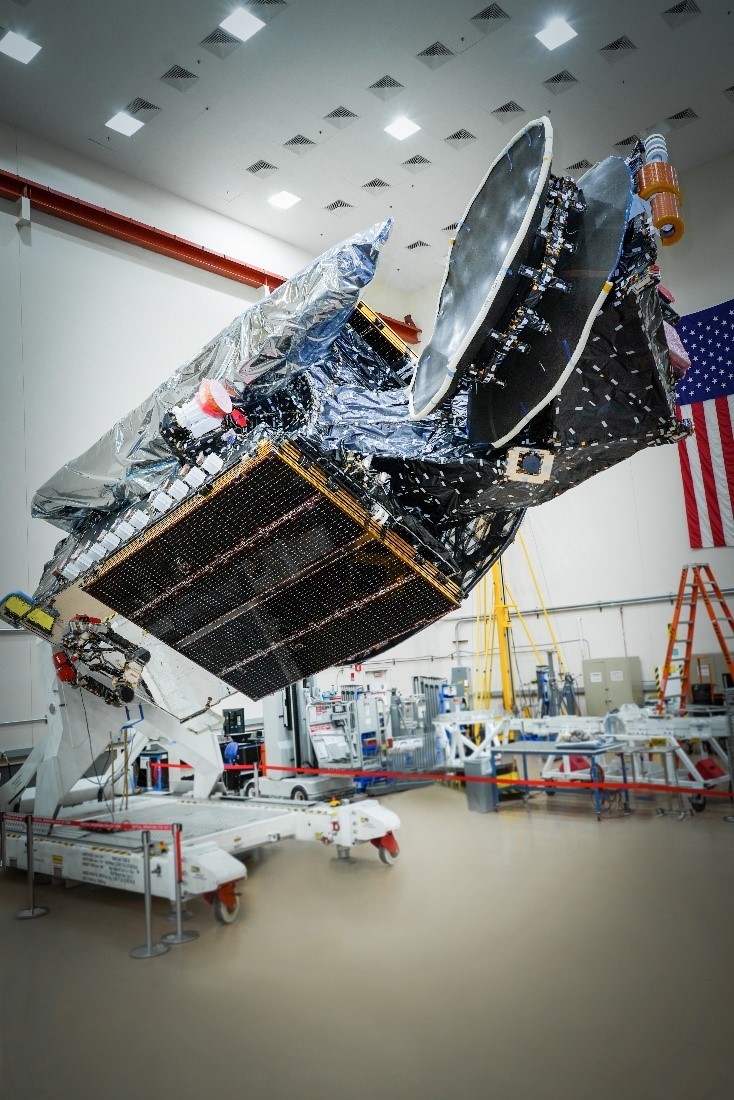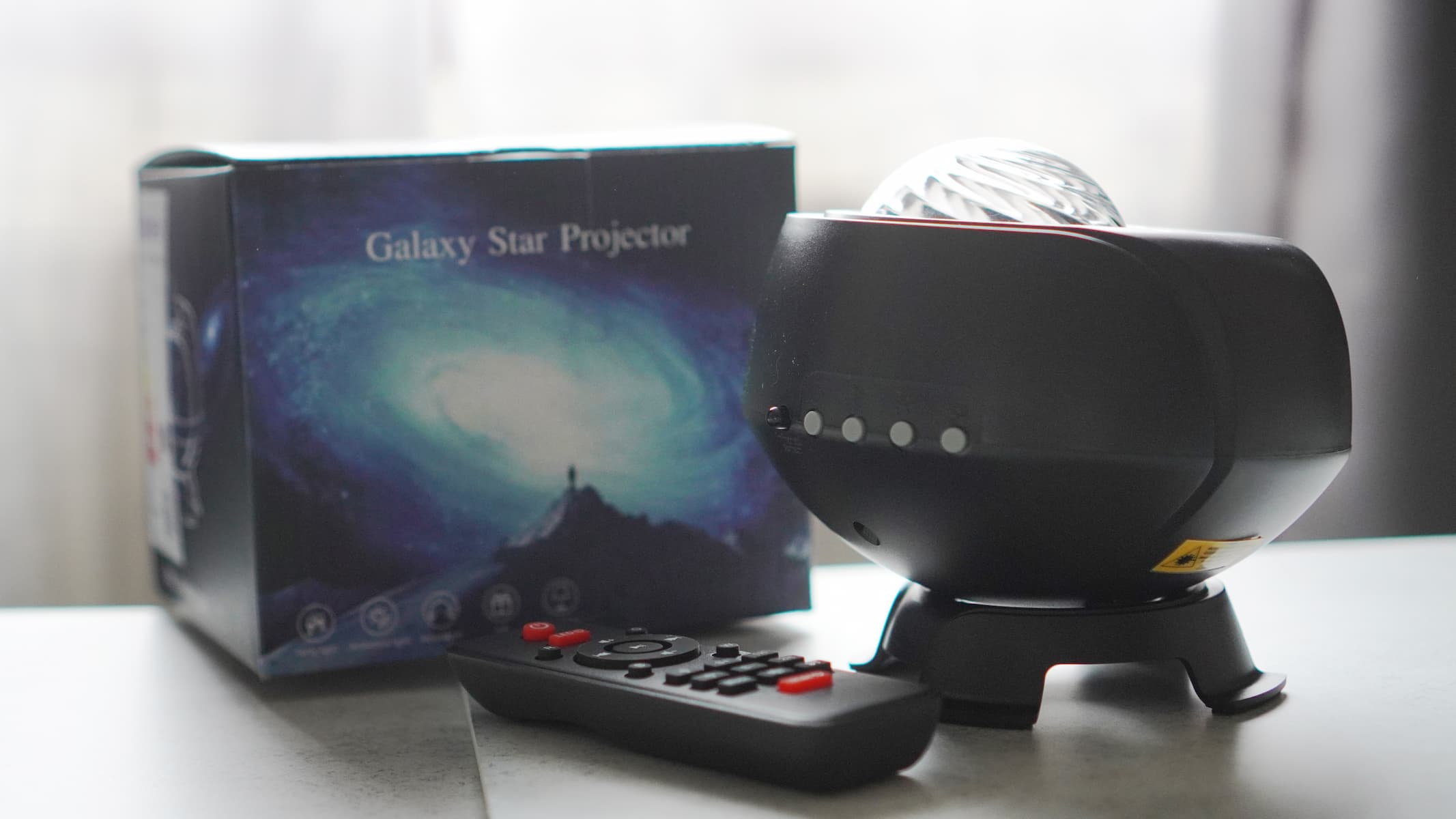SpaceX will launch a new Sirius XM satellite early Sunday. Here's how to watch online.
Liftoff is set for 12:29 a.m. EDT (0629 GMT).
Update for 1:15 a.m. EDT: SpaceX has successfully launched the Sirius XM SXM-8 radio satellite. See video and our launch wrap up here.
CAPE CANAVERAL, Fla. — SpaceX will launch a broadband satellite for Sirius-XM early Sunday (June 6) and you can watch the action live online.
A two-stage Falcon 9 rocket flight is scheduled to take off from Space Launch Complex 40 at Cape Canaveral Space Force Station here in Florida. Liftoff is expected at 12:26 a.m. EDT (0426 GMT) during a one-hour 59-minute window.
Perched atop the 230-foot-tall (70 meters) Falcon 9 is the high-powered Sirius XM-8 (SXM-8) satellite built by Maxar Technologies for Sirius XM. It's the second of two radio satellites launched by SpaceX for the company as part of an effort to replace outdated ones currently in orbit.
You'll be able to watch the launch on this page, as well as here and on the Space.com homepage, courtesy of SpaceX, once a webcast is available. You can also watch directly from SpaceX here about 15 minutes before liftoff.
Related: See the evolution of SpaceX's rockets in pictures

SpaceX announced the launch just minutes after the successful liftoff of another Falcon 9 rocket on Thursday, June 3. That vehicle blasted off from Pad 39A, carrying a Dragon cargo craft teeming with NASA supplies and experiment gear for the crew on board the International Space Station (ISS).
Get the Space.com Newsletter
Breaking space news, the latest updates on rocket launches, skywatching events and more!
Following liftoff on Sunday, the rocket's first stage is expected to land on SpaceX's drone ship "Just Read the Instructions," which is waiting out in the Atlantic. If successful, it will mark the 87th recovery of a first stage booster for the California-based rocket manufacturer.
The rocket featured in Sunday's launch will be one of SpaceX's newer frequent fliers. Known as B1061, this flight-proven booster will embark on its third flight.
To date, B1061 has carried two different Crew Dragon capsules to space: Dragon Resilience in November 2020, and then Dragon Endeavor in April 2021. For its 3rd flight, it will carry a 15,432-lb. (7,000 kilograms) satellite into orbit for Sirius XM. The satellite will beam down more than 8,000 watts of content to Sirius subscribers across the U.S., Canada, and the Caribbean.
Currently, the weather is 60% go for Sunday's launch opportunity, with the only weather concerns being debris clouds leftover from predicted Saturday evening storms and cumulus clouds. There is a backup launch time on Monday if need be, with the weather forecast improving to 80% favorable.

If everything goes as planned, this will mark the second launch in three days at the Cape. On Thursday (June 3), SpaceX launched an upgraded cargo Dragon spacecraft for NASA, carrying 7,300 lbs. (3,311 kg) of research and supplies to the International Space Station.
This launch will also mark the 18th SpaceX rocket to blast off from Florida's space coast this year.
Its payload, the SXM-8 satellite, is based on Maxar Technologies' SSL-1300 satellite bus. It's adorned with two large solar arrays as well as batteries for on-orbit storage. SXM-8 will operate in the S-band spectrum, between 2.32 GHz and 2.345 GHz, and is part of a pair that SpaceX is launching for Sirius XM. The other, SXM-7, launched in December but suffered an anomaly after reaching orbit.
SpaceX conducted a static fire test of the rocket on Thursday morning, briefly putting the vehicle through its paces while secured to the launch pad. This type of test used to be commonplace for SpaceX but is now more of a spot check occurring only every few launches.
Shortly after the successful liftoff of the CRS-22 cargo mission, the company tweeted that it was on track to get this mission off the ground as early as Sunday morning.
"Next launch will be the SXM-8 mission on Sunday, June 6; the one-hour and 59-minute window opens at 12:26 a.m. EDT," the company said on Twitter.
SpaceX is expected to continue its tradition of recovering the Falcon 9's payload fairing, or nose cone, on Sunday's flight. To that end, the company has deployed recovery vessels to fetch the clamshell-like hardware out of the ocean.
Follow Amy Thompson on Twitter @astrogingersnap. Follow us on Twitter @Spacedotcom or Facebook.
Join our Space Forums to keep talking space on the latest missions, night sky and more! And if you have a news tip, correction or comment, let us know at: community@space.com.

Amy Thompson is a Florida-based space and science journalist, who joined Space.com as a contributing writer in 2015. She's passionate about all things space and is a huge science and science-fiction geek. Star Wars is her favorite fandom, with that sassy little droid, R2D2 being her favorite. She studied science at the University of Florida, earning a degree in microbiology. Her work has also been published in Newsweek, VICE, Smithsonian, and many more. Now she chases rockets, writing about launches, commercial space, space station science, and everything in between.
